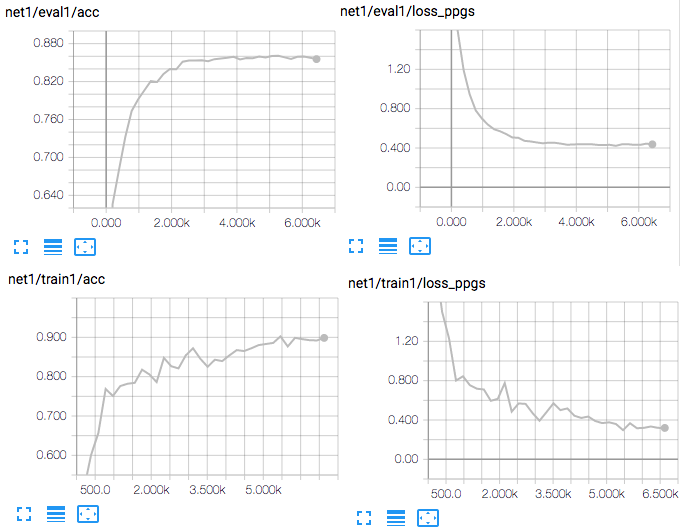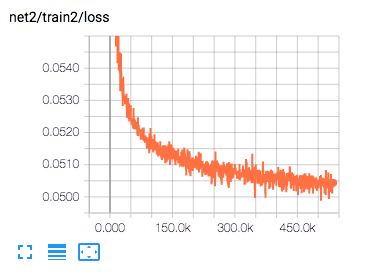I wish I could speak many languages. Wait. Actually I do. But only 4 or 5 languages with limited proficiency. Instead, can I create a voice model that can copy any voice in any language? Possibly! A while ago, me and my colleage Dabi opened a simple voice conversion project. Based on it, I expanded the idea to cross-languages. I found it's very challenging with my limited knowledge. Unfortunately, the results I have for now are not good, but hopefully it will be helpful for some people.
February 2018
Author: Kyubyong Park (kbpark.linguist@gmail.com)
Version: 1.0
- NumPy >= 1.11.1
- TensorFlow >= 1.3
- librosa
- tqdm
- scipy
- Training 1: TIMIT
- Training 2: CMU ARCTIC SLT
- Conversion Sample Files: 50LANGUAGES MP3 audio files
- Train 1: MFCCs of TIMIT speakers -> Triphone PPGs
- Train 2: MFCCs of ARTCTIC speaker -> Triphone PPGs -> linear spectrogram
- Convert: MFCCs of Any speakers -> Triphone PPGs -> linear spectrogram -> (Griffin-Lim) -> wav file
(To see what PPGs are, consult this)
- STEP 0. Prepare datasets
- STEP 1. Run
python train1.pyfor phoneme recognition model. - STEP 2. Run
python train2.pyfor speech synthesis model.
- Training 1
- Training 2
- Run
python convert.pyand check the generated samples in50lang-outputfolder.
- Check here and compare original speech samples in 16 languages and their converted counterparts.
- Don't expect too much!
- L. Sun, S. Kang, K. Li, and H. Meng, “Personalized, cross-lingual TTS using phonetic posteriorgrams,” in Proc. INTERSPEECH, San Francisco, U.S.A., Sep. 2016, pp. 322–326.
- Dabi Ahn & Kyubyong Park, Voice Conversion with Non-Parallel Data. https://github.com/andabi/deep-voice-conversion

